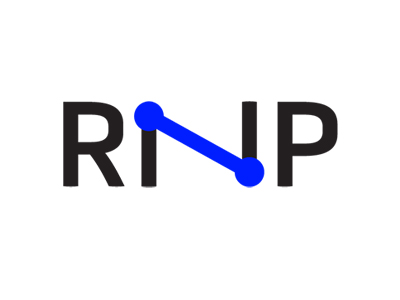In an ever more interconnected society, securing inclusive access to information and communication is a challenge. A Brazilian project has made written and spoken Portuguese accessible to students with hearing impairment through avatars that are able to communicate in sign language.
The solution was developed by the Laboratory of Digital Video Applications at the Federal University of Paraiba (UFPB). Partners are RNP, the national research and education network (NREN) of Brazil, and two ministries.
It all began when the laboratory admitted a student with hearing impairment, recalls Danilo Assis, heading the project:
“This spurred the idea of trying to contribute to her education. We began developing projects on accessibility and further applied for government funding for building a toolkit. The idea was to facilitate and augment inclusion of hearing impaired in society through various digital solutions.”
Starting with 20,000 words
The core concept soon became using avatars for translation of text and speech into Libras, which is the Brazilian version of sign language.
Creating the translations proved to be a huge task.
“At that time, Libras had about 20,000 words. Turning them into 3D animations took a lot of work, not least since the people responsible for creating the animations did not master sign language themselves. So, for each word, a human sign language interpreter would demonstrate the sign, and the team would then transform this into an animation. Further, we needed an extra process to adjust the animations, assuring they were accurate,” explains Danilo Assis. He was a student at the lab when the project was initiated in 2010, today he is Director at Assista Tecnologia (Enabling Technologies), a company dedicated to development of inclusive digital solutions.
RNP planted the first seed
The new toolkit was named VLibras – as in a video version of Libras. RNP played a key role in consolidating VLibras as a publicly available technology. RNP encouraged the development of an automated Portuguese-Libras translator, helping in transforming the academic prototype into a national-level toolkit. From this base sprung more services such as the VLibras Video which allows transforming video recordings into Libras.
“RNP planted the first seed, making it possible to construct and develop the Portuguese translator for Libras, and thereby create a platform and a service that used 3D avatars to represent this translation,” says Danilo.
The toolkit can also be applied as a plug-in navigator, making web pages accessible in real-time. Furthermore, VLibras is available in a desktop version, guaranteeing autonomy for hearing impaired users when accessing content.
The text is inspired by the article “VLibras: technologia torna a internet mais acessivel para pessoas surdas” at the RNP website (in Portuguese).







